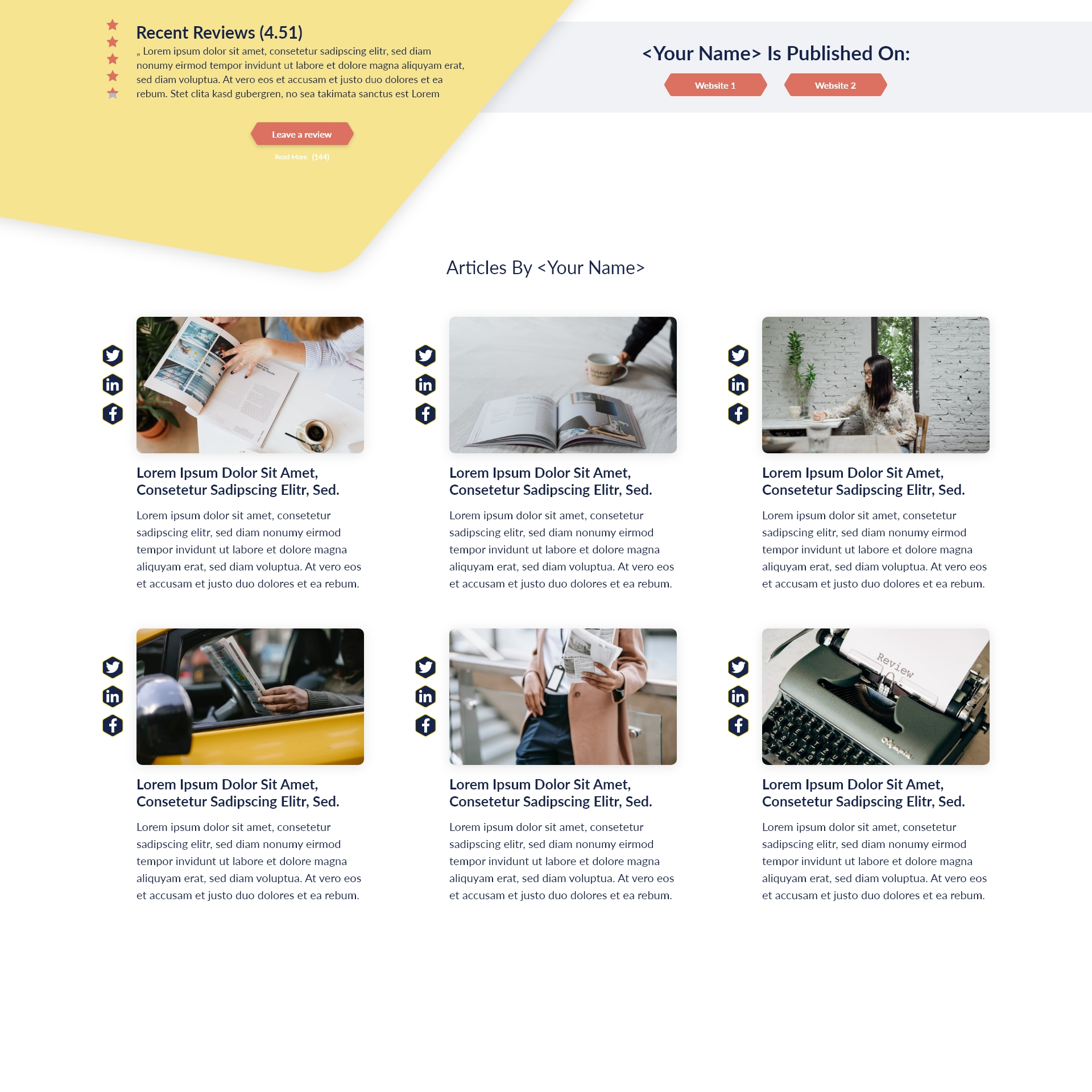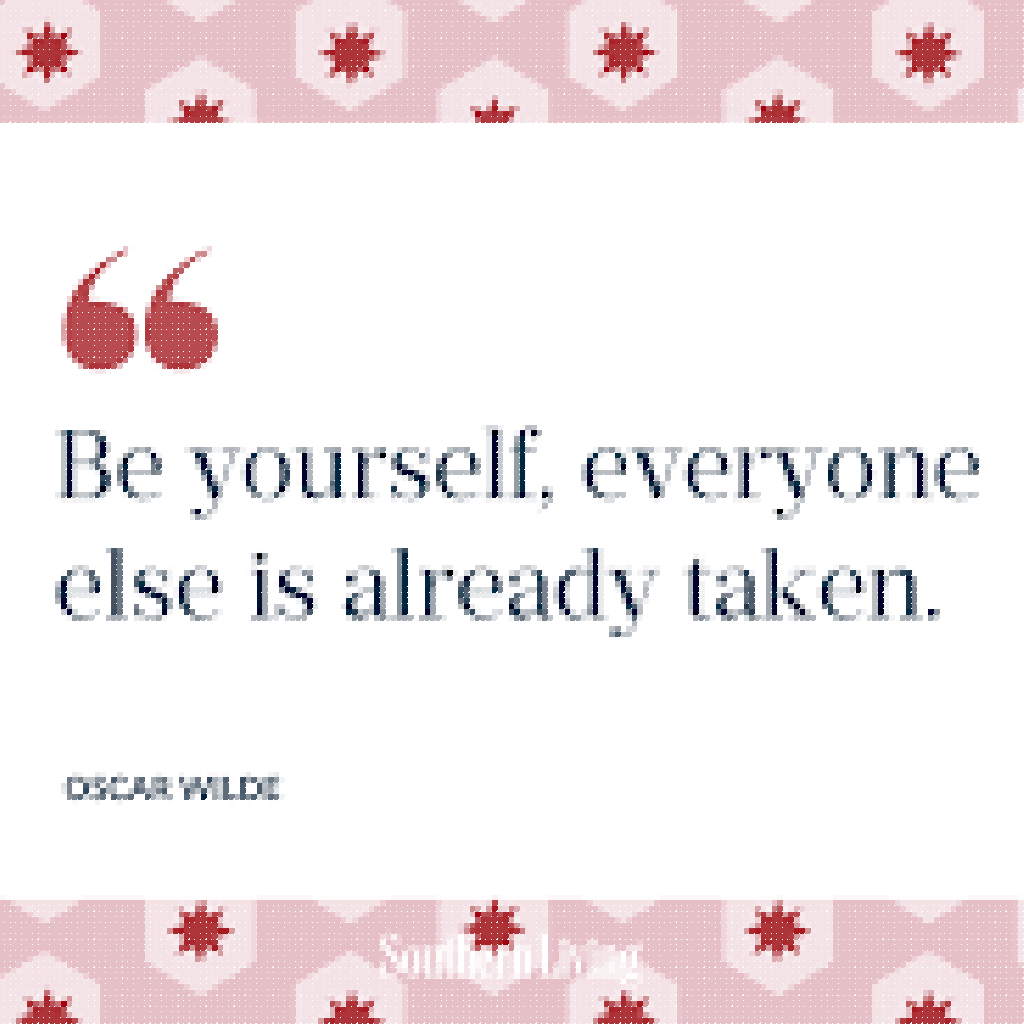When used correctly, PowerPoint and other presentation programs can be beneficial. However, they might be difficult for the audience to sit through when they aren’t executed perfectly.
Telling a story is the key to elevating any presentation from mundane to captivating, and it’s not all that different from outstanding cooking, whether you’re trying to sell a product, educate a consumer, or motivate employees.
Read the Recipe: Tell a story!
A clear starting paragraph, main points, and conclusion make your work superb. Project your reasons for writing at the very beginning. It should answer the question: why are we even here? What are the issues to be discussed? You could sometimes use punchlines to grab people’s attention immediately.
In the body of the article, you need to either solve problems or explain why they exist. This is also the perfect opportunity to highlight any unique selling points. You can’t just leave things hanging at the end; you need to show the problem being solved, set the stage for what comes next, or issue a call to action. Your viewers should feel satisfied after reading the final sentence.
Preparing the ingredients: using a compelling narrative
Persuasive storytellers bring their listeners or readers into action to win them around to their cause or viewpoint. This activity may foster compassion, encourage the development of meaningful relationships, and improve memory recall by appealing to the senses or the imagination. Possibly, you want to find a way to unite the present with the potential future.
Here are some tips for conveying stories visually
The effectiveness of a picture depends on the task at hand. Avoiding distractions and zeroing in on the topic at hand is paramount in an internal, decision-driven presentation, so keep things basic. Even with intriguing material, an aesthetically dull PowerPoint slide may fail to impress.
If writing is difficult, you can still tell a story entirely through images. However, you should know the goals of your visual storytelling if you want to rely more heavily on it. For the benefit of visual learners, your presentation must be visually stimulating.
Visuals have the potential to be more evocative and facilitate the subliminal delivery of messages. But be wary; your readers may get lost in the shuffle if the photos aren’t done well. Finally, visual storytelling recruits emotions, which is essential to achieving your presentation’s goal.
Integration: the presentation method
Following a procedure will help you save time and energy while you put together your presentation, which will involve telling a story. First, get a firm grasp on the presentation’s vision, obstacles, targets, and desired outcomes. A narrative is difficult to relate to if you don’t know it well.
Find out who you’re writing for. To succeed with a specific audience, you need to know who they are, what they value, and how to appeal to them. Know the limits you’ll be working under before you start making your presentation. Where and when will the presentation be given?
It’s essential to know how many people to expect. Must we schedule extra time for questions and answers? With the correct information, you’ll have a solid foundation to develop.
Avoid focusing too much on any aspect of the story and ensure that the reader can see the progression from the issues to the final goals. Construct the skeleton initially, sticking to the basic outline of the plot. Establish a solid structure, then fill it in with text and messaging.
The act of serving the meal
Slides should now be designed to meet your presentation’s overall subject, target audience, and outline. Each slide in your presentation should convey a story, just like the overall presentation. Consider the ideal layout, color scheme, and features to implement to get your point across as you design.
You should provide only the most essential information in each slide’s text. A wall of text isn’t the best way to read. However, it has its uses. The graphics should complement the text and improve readability by illustrating key ideas and providing context. Make sure your layout is organized and easy to follow.
The layout is a tool to aid the reader in understanding the material. Think about the balance of horizontal and vertical features and your use of color; avoid making the design too hectic in your enthusiasm.
Time to enjoy the meal!
The audience wants presentations to be exciting and easy to understand. They need to feel they’ve learned something, been inspired, or been recognized.
As a leader, you know how important it is to make a good impression in your speeches and presentations.
People aren’t going to sit through a presentation with bad slides because they don’t value their time. To summarize this cooking analogy, if you offer your audience food that has been well-planned and presented, they will leave your table satisfied!
Contact Information:
Email: [email protected]
Phone: 6024139544
Bio:
Mike Owens is a 55 year old recruiter who specializes in helping recent university graduates kickstart their careers in the business and sales fields. After finding success as a team manager himself, Mike has made it his mission to help other young professionals find their own path to success.
Mike got his start fresh off the campus of Kansas State University, where he developed a passion for mentoring and coaching others. He quickly rose through the ranks in the business world, earning numerous awards and accolades for his leadership skills and ability to drive results.
After years of managing successful teams, Mike decided to pivot his focus to helping others achieve their own goals. As a recruiter, he has developed a strong network of contacts in the business and sales fields, which he leverages to help match his clients with the right opportunities.
Mike is known for his dedication to his clients and his ability to help them navigate the often-overwhelming job market. He takes a personalized approach to recruiting, taking the time to get to know each candidate and understand their unique strengths and career aspirations.
Outside of work, Mike enjoys spending time with his family and staying active. He is an avid golfer and enjoys traveling to different courses around the country. He is also involved in several charitable organizations in his community.








